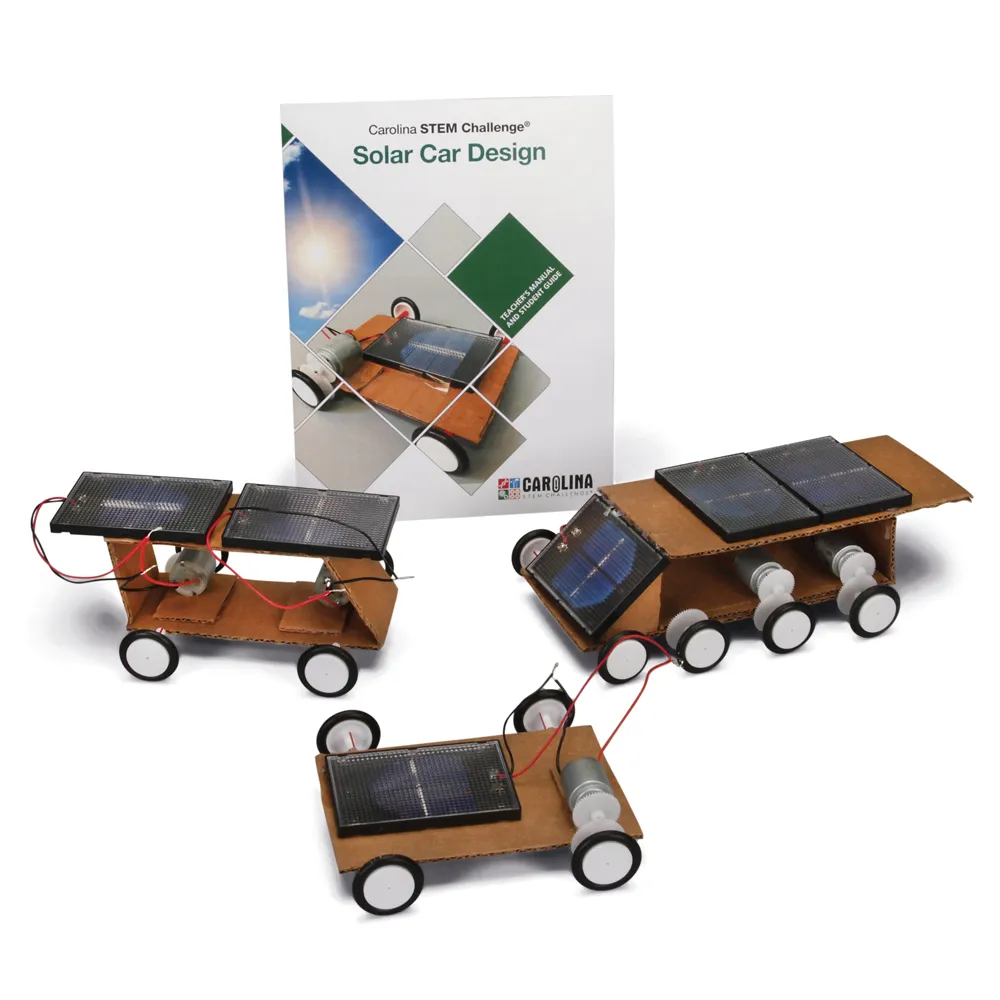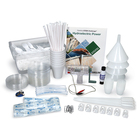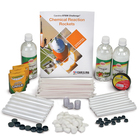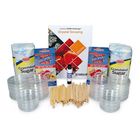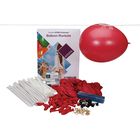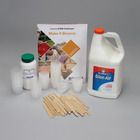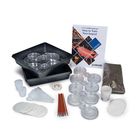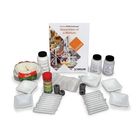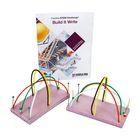The engineering and design cycle
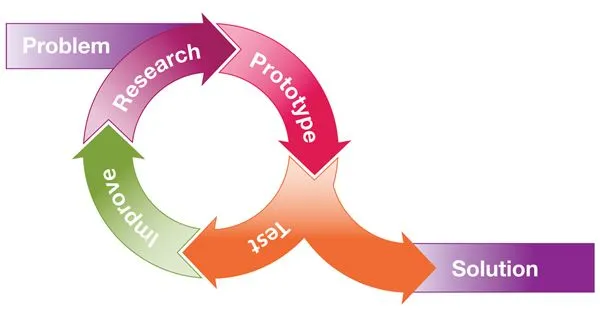
Planning your engineering design challenge
Step 1: Identify the academic standard you wish to address through the activity.
Choose a standard to develop your challenge around. The example presented here uses a performance expectation from the Next Generation Science Standards* (NGSS). Like the example here, many of the NGSS performance expectations require students to engage in engineering practices such as designing and refining devices.
Example:
Dimensions of this performance expectation include: Science and Engineering Practices: Constructing Explanations and Designing Solutions Disciplinary Core Ideas: PS3.A: Definitions of Energy Crosscutting Concepts: Energy and Matter
Step 2: Identify an engineering problem and state it in the form of a question.
The question should be relevant and interesting, and it should tie the science content to an engineering problem for your students to solve. Here’s an example that follows the standard in step 1. In this example, the toy car transforms solar energy into kinetic energy.
Example:
Step 3: Create a design challenge.
Use the problem from step 2 to create a design challenge to engage your students. Identify the criteria and constraints for the design challenge. Criteria are the standards the design must meet in order to be successful. Constraints are limits related to the design and include materials, costs, and dimensions.
Next, gather the materials you wish to use for the design challenge. You may want to provide students with a limited amount of each material for their initial prototype, and then allow them to choose additional materials to refine their initial design.
Example:
Materials include: DC motor, solar cell, 4 wheels, 2 plastic gears, axles, cardboard, glue, tape
Step 4: Identify supporting lessons and activities.
Identify the concepts and skills your students should have to be equipped for success. Then, decide how you will use the design challenge to address the standard you chose in step 1. You can take an inquiry-based approach by providing students with minimal science background before diving into the design challenge. Then, use the experience to teach the science concepts. Another approach is to have students build and test their prototype, and then help them apply science concepts to improvements in the initial design. Below is an example sequence of activities for the solar car design challenge.
Example:
- Review the concept of speed and how to measure it.
- Have students research solar power and solar cars.
- Introduce the design challenge, then have students brainstorm ideas and sketch an initial design.
- Have students build a prototype and test it.
- Teach a science lesson on work and energy.
- Refine, test, and repeat several times to finalize the design.
- Have students race the solar cars and present.
Carolina STEM Challenge®
Carolina offers a line of affordable kits that do the work of planning a design challenge for you. Each kit is designed to address NGSS through the lens of engineering. The activities in each kit follow the engineering cycle and are structured as follows:
Research. Students are presented with an engineering problem or technical challenge, highlighting and identifying science concepts and skills relevant to potential solutions.
Prototype. Students build a prototype device or system that will serve as the basis for further testing and study.
Design Challenge. Students brainstorm ways to modify their prototype to meet the given challenge. Then, they implement and test their designs, making modifications and improvements on the basis of their observations and data. Design challenge scoring rubrics are provided for judging the success of each group’s design and for comparing the designs of different teams.
Assessment.Students reflect on what they learned and present their findings to the class. A grading rubric is provided for evaluating each team’s performance on the assigned tasks.
Related Products
*Next Generation Science Standards® is a registered trademark of Achieve. Neither Achieve nor the lead states and partners that developed the Next Generation Science Standards were involved in the production of, and do not endorse, these products.
About The Author
Carolina Staff
Carolina is teamed with teachers and continually provides valuable resources–articles, activities, and how-to videos–to help teachers in their classroom.

